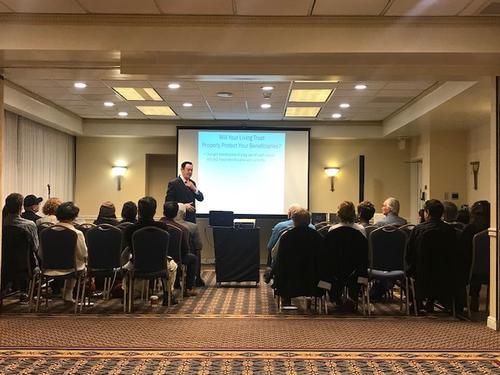In a recent article in The New York Times titled “Lifting From Others the Burden of Your Own Death,” Howard S. Krooks, president of the National Academy of Elder Law Attorneys, suggests that you also should have an advance directive (e.g., a “living will”) that informs your family regarding your end-of-life intentions.
You may not want to be resuscitated by artificial means if your heart stops, which could be specified by a “do not resuscitate” clause in your living will. A health care proxy or surrogate, such as a trusted friend or relative, should be appointed to carry out your wishes.
The article recommends that your written directions need to be as detailed as you can make them, and don’t keep them with your estate planning materials. If you do, interested parties may not see them until well after your death. You should let loved ones, friends or your estate planning attorney know the location of your final intentions letter, or you could also hand out copies. Have these people review it as soon as possible, so they can ask questions to clarify your intentions.
Even with extensive planning and specific directions, things can go awry because of emotions and tension. The article advises you to select a strong surrogate or family member. Because drafting a customized living will and power of attorney is so very important, you will want to ensure that you have a strong advocate for your final wishes. These written directions may also include grave site or mortuary information, funeral directions and provisions on how you want to pay for your memorial. Although death planning is difficult, you can help your survivors by detailing how you want to be treated and memorialized.











